Andy Trainer
12 Jul 2013
Six Sigma in Sport - Could it and Should it be Used?
Could Lean Six Sigma be used to create the perfect sportsman/woman?
This is a topic of much debate across forums, blogs, books and in lecture halls around the world.
Lean Six Sigma has had unprecedented success in reducing waste and improving quality, not only in the manufacturing industry in which it originated, but in other branches of business from Advertising to HR, which is why we don't only focus on its manufacturing roots on our Lean Six Sigma Green Belt Training.

In fact we've written recently about how it can be used outside of business - for cooking, solving crimes faster and even controlling diabetes - but could it go so far as to work for sport?
Six Sigma Tennis
After recovering from a traumatic brain injury, former Tennis professional Steven Falk wrote "Six Sigma Tennis" in which he outlined his methodology for using Six Sigma to improve the coaching and training of players to the point where they reach their maximum potential ability (or at least 99.7% of it!).
Using the DMAIC method he argues that a coach or player themselves can pinpoint weaknesses and improve on them.
So let's take tennis as the example as Falk does: imagine a player who is of the highest quality but still loses about 40% of points when returning a serve. Using DMAIC you can pinpoint exactly where the deficiency is.
Let's imagine that they win 80% of points when using the forehand shot; this must mean they only win 40% of points when using a backhand. This is clearly the weakness and so can be identified as the shot that needs most work and training.
If, with work, the player can improve their backhand to the level of winning 80% of pointsplayed on it (matching their forehand) it will result in only 20% of total return shot pointsbeing lost. This a significant 20% improvement, to the point of being set, match, even tournament changing form.

In the final of Andy Murray's recent Wimbledon win, he only made a total of 21 unforced errors in the entire match and an amazing 15 in the semi-final before.
Djokovic meanwhile hit 40 in the final and 48 in the previous round.
This is the potential gain of eliminating waste - despite both finalists obviously winning their semis, Murray had committed 33 less errors going into the match, which will have given him an enormous confidence boost, and in the end the result was clear - 25 less unforced errors in the final equalled the title.
Six Sigma in Other Sports
So for a sport like tennis whereby it's easy to identify weaknesses based on where points are won and lost, Six Sigma could potentially be a very useful tool for coaches and players alike.
But what about other sports which are perhaps more tactics-based like Football or Rugby or more strategic, game-like sports like Snooker or Darts.
Let's take a brief look at how Lean Six Sigma could potentially be applied to each -
Football
With a team-based sport like Football, it becomes harder to isolate deficiencies of individual players as causes for losses, but it's still somewhat possible. The most obvious examples would be the Centre Forward or Goalkeeper.
If the Goalkeeper only saves 20% of shots taken at him, it could certainly be a major contributing factor to the team's losses.
Using DMAIC you could workout which area of the goal the keeper is least likely to save a shot in, and work on his agility and reaction speed to getting to that area.
The same can be applied to the Forwards in terms of converting chances.
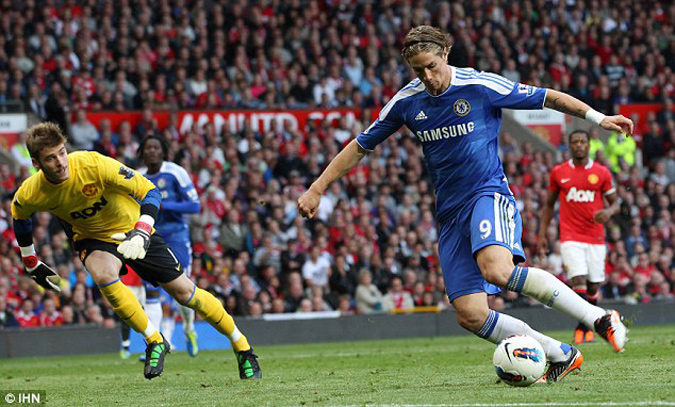
Would this have gone in if Torres had been trained with Six Sigma?
This season, Manchester United had the best shot-to-goal conversion rate of any team in the league - an astounding 19.8% - so they scored 1 in every 5 times they shot. With that record, it's no wonder they went on to win the league convincingly.
Rugby
Despite its brutish nature, Rugby is perhaps more reliant on tactics than it is on individual strength or brilliance and so in applying Lean Six Sigma it would potentially be better to look at the team as a whole.
Let's say the team loses 30% of its own scrums, this could be contribute hugely to losses as the opposition is allowed the ball more than they would if that percentage was lower.
Where in the scrum is the weakness? Are the second row not providing enough force to hold off the opposition? Is the Hooker not getting the ball out fast enough?
Defining the weakness in this way and finding ways to improve it could make all the difference, not just to scrums but to the match overall.
It's not just scrums where it can be used though: in the recent first test of the Lions tour of Australia it was kicking that made all the difference.
Of the 9 kicks they had (conversions and penalties) Australia only managed to convert 4, whilst the Lions converted 5/6. This might seem like a minor difference but in fact it had enormous consequences.
The Lions won that test by 2 points and Australia missed a potential game winning penalty in the last minute, with the kicker Beale slipping before making contact.
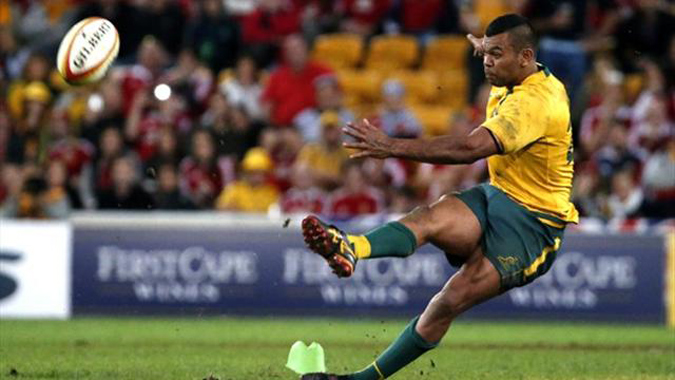
The Lions went on to win the series 2 -1 and although they played a fantastic game in the third test, it was the tight win and near-elimination of wasted chances in the first that really made the difference throughout.
Snooker and Darts
Pub sports, but sports nonetheless, Snooker and Darts require chess-like strategy and the ability to think ahead while maintaining discipline in the current 'move'.
With Snooker, break building is one of the hardest skills to get right. Perhaps you can't get past a break of 50.
Using Lean Six Sigma you could realise that you're not getting back down to the black ball enough, meaning you're having to pot colours of lesser value. Focussing on getting the positioning play right could dramatically improve your break building ability.
In this year's World Championship, on his route to the final Ronnie O'Sullivan didn't lose a single session in any round and in the final itself, he hit a record 6 century breaks.
The combination of his efficiency throughout the tournament and his ability to convert opportunities in the final were what ultimately won him the crown.
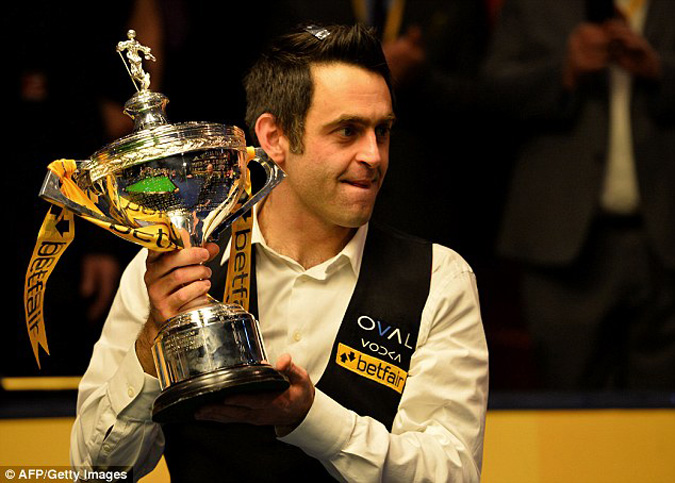
This type of ruthlessness is what has made him one of the greatest ever players, holding the joint record of 11 maximum (147) breaks in professional tournaments and also the record for the fastest ever maximum break at just 5 minutes 20 seconds - that's pretty efficient.
Similarly in darts, Phil "The Power" Taylor holds the record for the most '9 dart' games on TV. This is the fewest possible number of darts in which a game can be won - i.e. it's the perfect game - that's certainly eliminating waste!
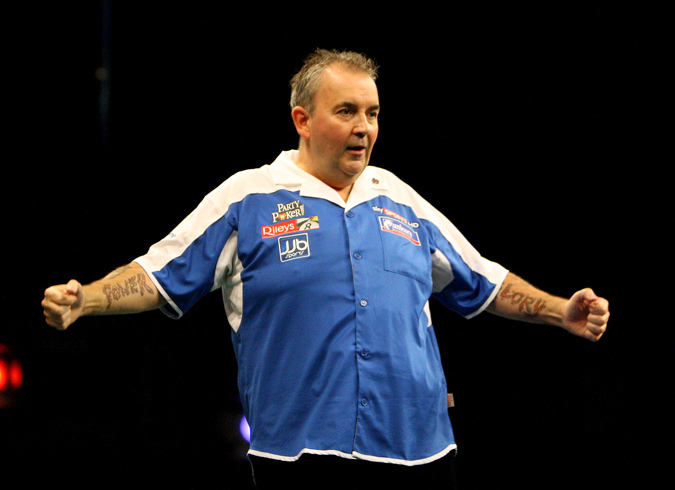
Problems With Six Sigma in Sport
The best teams and players get close to Lean Six Sigma automatically and so to suggest that every player should follow the principles would be absurd - you'd end up with no-one better than anyone else and in fact in football and other sports, it would be logically impossible - you couldn't have every striker with a 100% shot-to-goal ratio and every keeper making 100% of saves!
This inconsistency and human nature to err is why tying down deficiencies with Lean Six Sigma in a sport like Football is so difficult. Sports just aren't cut and dry.
There are giant-killings and upsets galore, even in Tennis - just look at the recent Nadal and Federer matches at Wimbledon - which just can't be accounted for statistically (they are the outliers on an otherwise consistent line).
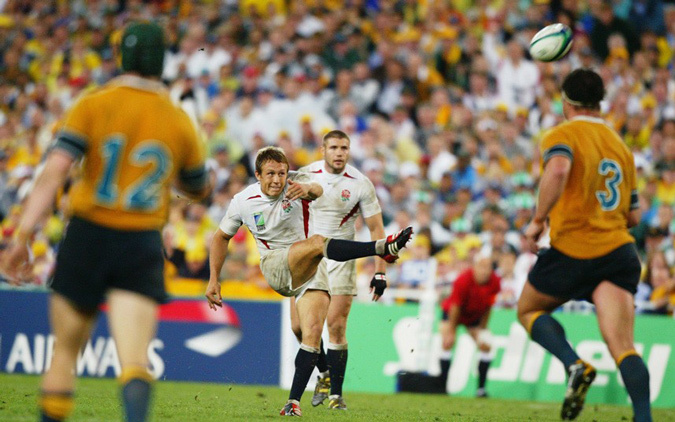
Could Six Sigma account for moments like this?
And isn't that why sport is so great? Unlike so much else in life, it can be joyously unpredictable.
As I've shown, using Lean Six Sigma could in theory create near-perfect athletes, but sport would probably be worse for it. Six Sigma is perfect to make more money and reduce waste in business, which is why our Six Sigma Courses are so popular, but maybe we should let sport keep its crazy mistakes and perennial flaws.
Naturally, the best sportspeople act as if considering Lean Six Sigma principles throughout, but if every player and every team did this, it would just be a bit boring... or logically impossible!
What do you think? Would sport be better or worse if Lean Six Sigma were implemented in training?
